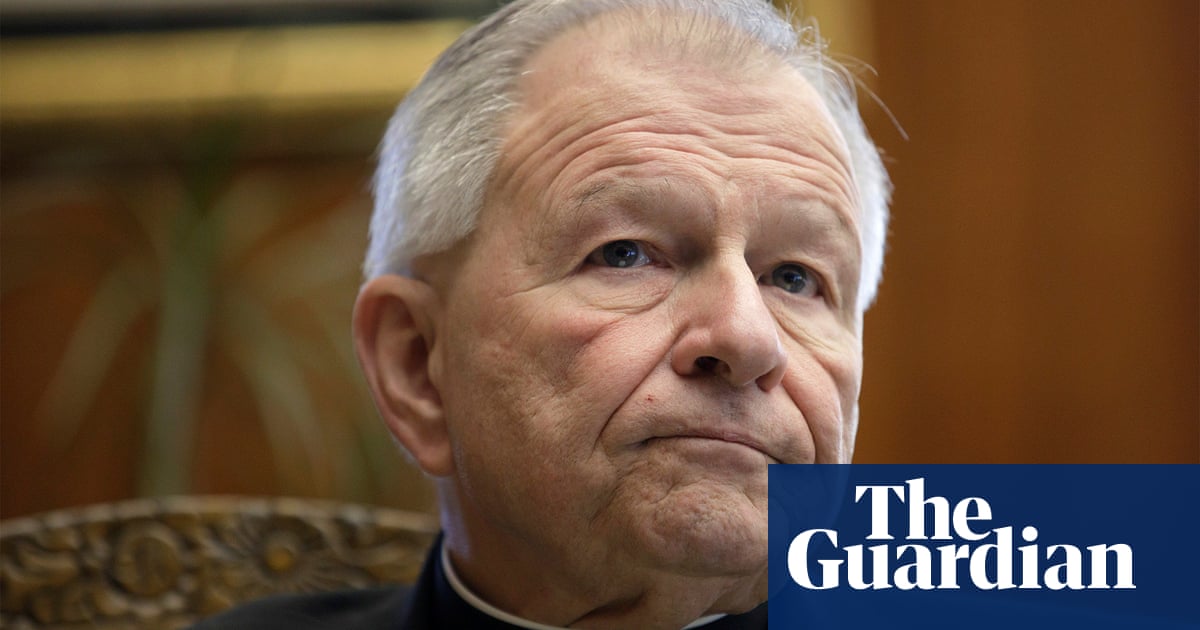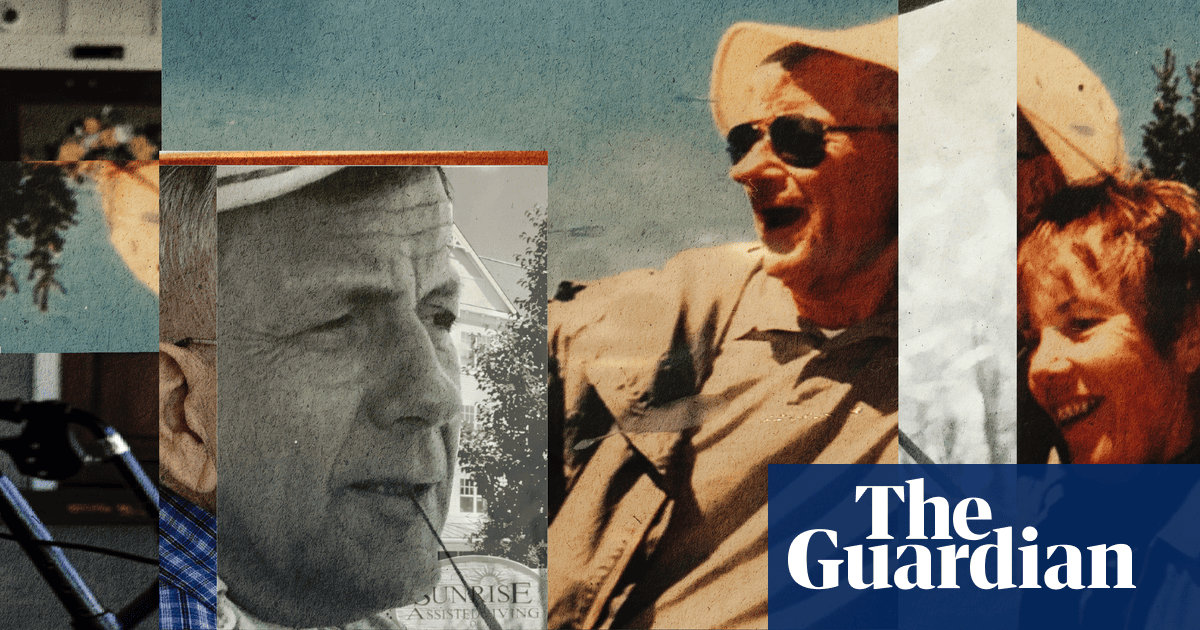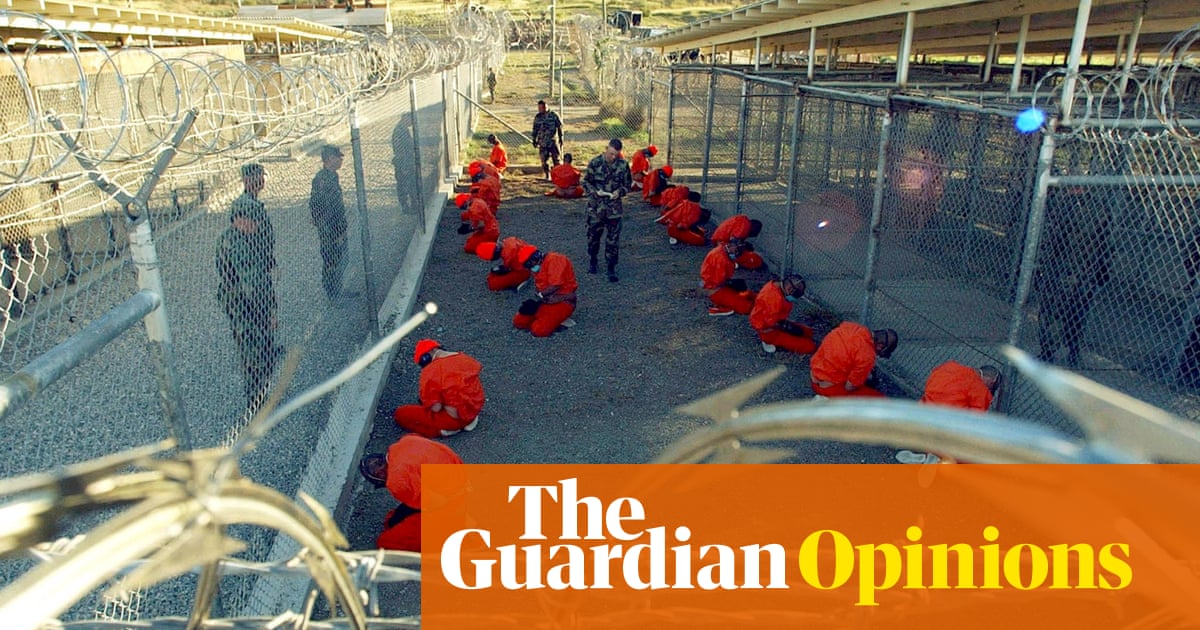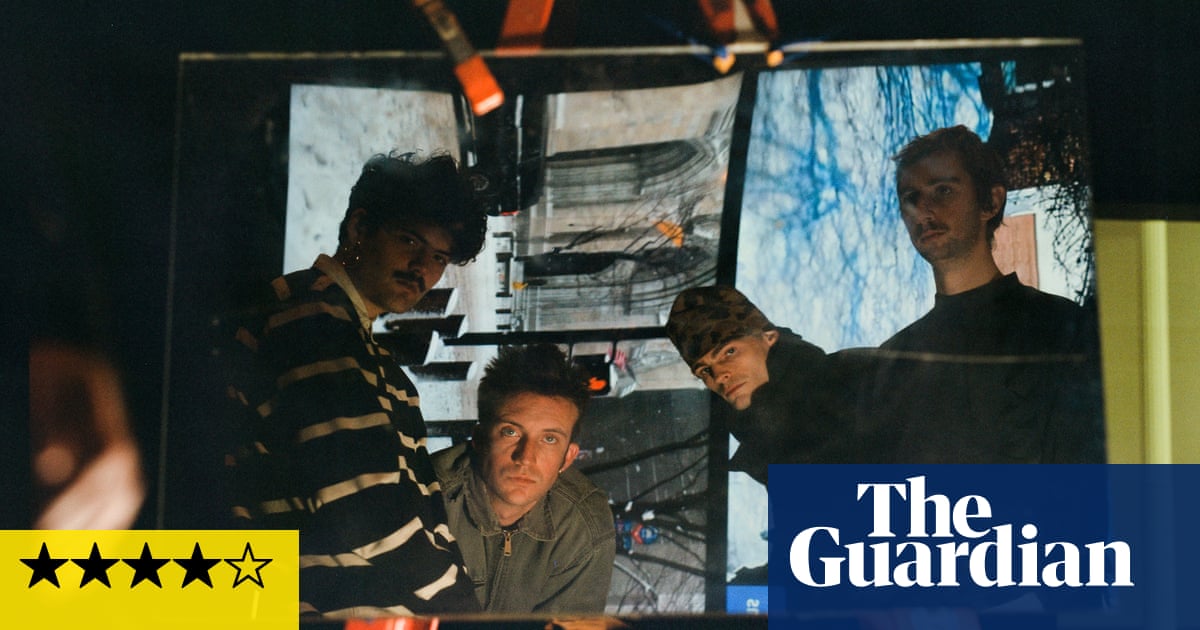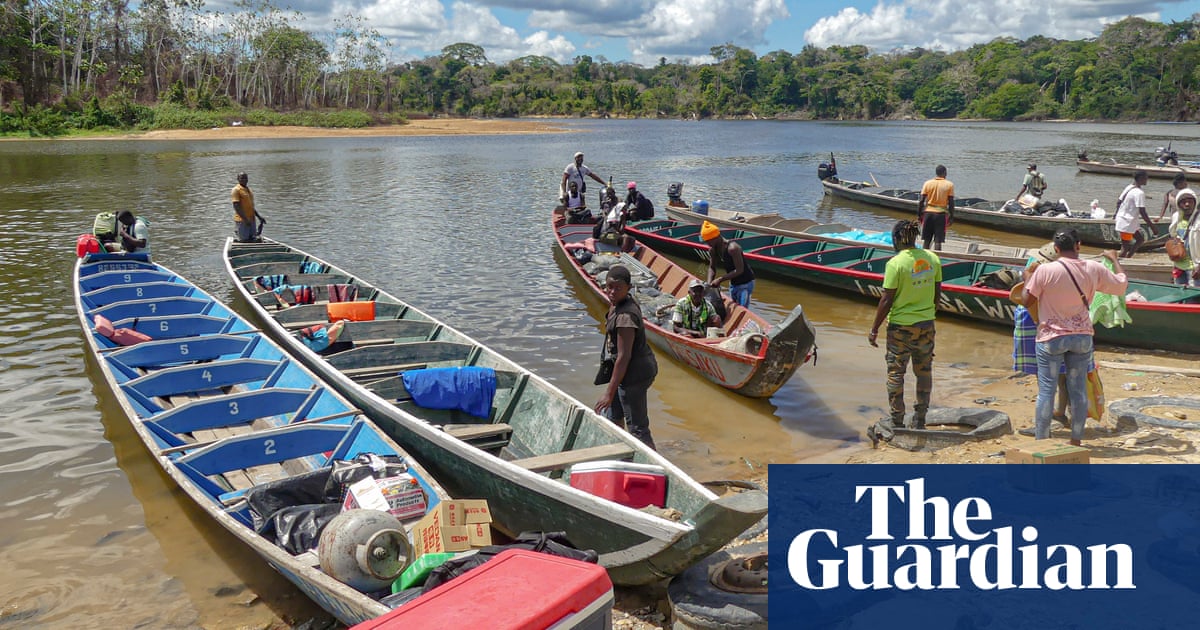For over a century, Brushy Mountain State Penitentiary was the end of the line. Built in the shape of a Greek cross, the pale limestone structure had housed the worst of the worst – murderers, madmen, monsters – its bulk hunched beneath a crown of scarred mountains the guards called the fifth wall.
Now it sits empty – cracking and molding and dying. But each spring around April Fool’s, on a cold, crisp day like today, a retired accountant appears at its gate. He carries a book with an ominous title and plants it against the back wall. Then sometime between midnight and noon the next day, he lights a cigarette, and the world’s most grueling footrace begins.
He came at dawn, in a large U-Haul coughing diesel smoke into the Tennessee frost. After crawling out, he leaned on a cattle prod and lit a cigarette in front of the prison gate. He wore faded flannel, red-and-black checked, and a bright sock hat that said Geezer. The rest of him was almost deceptive: a tangly grey beard, perfectly manicured nails, and eyes like two-way mirrors – they observed everything and revealed nothing.
To some he is Lazarus Lake. To others “the Leonardo da Vinci of Pain.” His Social Security comes to Gary Cantrell. Most just call him Laz.
A rumor has it he’d been shot in a marathon. Another that he’d pulled his own teeth. Many are convinced he’s diabolical, a man who breaks people for the fun of it. Others see a “bearded saint” who pushes limit-seekers in a way that borders on genius.
In an already eccentric sport, his ultramarathon creations defy convention: tour buses, ferry rides, conch shells, a chair of honor called a “thrown,” races with no finish lines, and races where older runners beat the pants off competitors half their age – Lazarus Lake filled a gap few realized needed filling.
But it’s here, at his Barkley Marathons, that he tests the limits of human endurance – physical, mental, and otherwise. Prospective runners send an application to “Idiot,” include $1.60, and write an essay on why they should be allowed in. What they endure if accepted is legend. Shredded legs. Separated clavicles. Exposed kneecaps. One runner hopped 20 miles on a broken ankle just to get to a place where he could quit. Over the past five years, no one had even finished the Barkley. In its 36-year history, only 15 ever had.
Laz looked on while a grey truck pulled up to the gate and sat gurgling. When I mentioned the polarizing attitudes toward his races, he just shrugged. “Most people think fair is what’s best for them. If you don’t fail,” he said on a long sigh of cigarette smoke, “how will you know how far you can go?”
A young man climbed out, gave a nod, and worked the lock with a hoop of keys. They rattled against the metal gate until the whole thing, all two stories of it, screeched and unfolded like a zipper.
Laz slipped back into his truck without a word and headed toward the prison. I followed.
Outside my frosty car window, the mountains loomed up to a series of tall ridges, dull like the color of deer in winter. They were strewn with jeep roads and blown-down timber. You had to think – 40 of the world’s toughest trail runners against mountains the Cherokee deemed too inhospitable to mess with.
The U-Haul circled a parking lot the size of a football field before lumbering to a halt in a puff of exhaust. Laz leaned against the front fender and began to piss. It steamed and splattered till it formed a dark patch on the concrete. “I do two things well,” he said. “I sleep well, and I piss well.”
I looked away and thought about how I’d convinced The New York Times to let me profile him, then traveled here on my own dime. Nothing came easy with Laz. For three years, I’d tried to get him on his least favorite subject, himself. Instead, he teased me with small openings, false starts, and strange little trials – one of them, a math problem, nearly broke me:
ABCDE x A = EEEEEE
The equation glared at me from my inbox, haunted a notepad on my desk, and ran on a loop in my head. After a few days of overclocking my brain, I panicked and passed it off to my wife. She solved it in fifteen minutes, and I was saved. Almost …
Laz’s reply was almost too quick, written in his all-lowercase style. “did you give it to somebody?”
Full of dread, I told him the truth.
His response was predictably blunt. “you always let someone else do your homework?”
That could have been the end of it. Yet here I was in 2023, possibly on to the next test – trailing him toward the back of the prison, where he limped past a towering wall of sandstone and stopped at a conjunction of metal pipes. He produced the book, Last Will and Testament, and with little fanfare duct-taped it to the center.
To prove you’d run his Barkley course, he had you bring back a page from each book, 13 this year. The order of the books formed one loop – five loops total – 60 hours to finish. “Sixty hours of Hell,” wrote one magazine. He added sections every year, mostly off-trail, yet the official distance somehow remained 100 miles. Those in the know say it’s nothing short of 125. Not knowing, Laz maintains, is part of the fun.
After lighting another cigarette, he moved to a break in the earth where a swollen stream barreled into a tunnel beneath the prison. Naturally, he sent the runners through it. At night, they reported hearing radios, television sets, even voices calling their names. They swore they were being watched, though no one ever mentioned by whom.

“They’ll come up through here,” Laz said with some glee and pointed to a shaft lined with slick, glistening stones. Getting up or down would require a chimney climb, wedging feet and arms against opposing walls. “Then, they’ll head up that,” he said and gestured with his cattle prod to a sheer wall of Tennessee jungle.
The slope didn’t rise, it lunged at the sky – 60 degrees of winter-stripped trees so densely pushed together they seemed to fight each other for air. There was a flare in Laz’s eyes as he studied it. “We call that The Bad Thing.”
Once, a deer tumbled off the cliffs and into the prison yard. The inmates kept it and named it “Geronimo.” It became one of the boys, a guide told me, and claimed he could still hear its footsteps. “The whole place is haunted,” he said, his voice dropping. He described the six-by-six dungeon, the hooks where they’d hang inmates by their thumbs, and the mines in the mountains where hundreds were buried alive. When they collapsed, the guards would just leave them. “No, no,” he said, shaking his ball-cap-covered head. “This is not a good place. And I don’t do night tours.”
“Jesus, you’d need a rope,” I whispered, craning my neck up at The Bad Thing.
A thick, congested laugh burrowed up from Laz’s chest. “Aw hell,” he said. “That’s just the first pitch.”
Most big trail races have a monster, that one signature, gut-sucking climb. At the Barkley, there are a dozen, each loop, and The Bad Thing isn’t even one of the worst. The total elevation gain soars over 68,000ft, roughly two Everests and a Kilimanjaro – from sea level. Many of the climbs are littered with long thatches of briars – the kind country people used to call “wait-a-minutes” because it wasn’t until you got a step past them that you realized you’d been snagged.
“God, one wrong move and you’d come down it alright, like a bowling ball,” I thought but actually said out loud.
“Oh, you’d smack into a tree long before you hit the bottom,” said Laz, without a hitch. “It’d mess you up a bit. But you’d live.” He laughed till he groaned, then stilled for a moment before fixing his eyes on me. “Failure has to hurt.”
I let that roll over in my head for a moment. “Doesn’t it usually?”
He didn’t respond to that but scanned the hillside with his large, green eyes. “What makes people quit?” he said, blowing a long column of smoke back toward the prison. “Everybody is born a quitter. It’s the default setting. Hell, even fish quit! You can put ’em in an artificial stream with a fake scene, and they’ll swim upstream as long as it looks like they’re moving. But make it stationary, and they’ll quit and go with the water.”
He turned to head back to the parking lot but paused. “Life can be a damn good metaphor for sports,” he said. “Adapt or die.”
The U-Haul was moving again, this time along a tight patch of pavement deep inside Frozen Head State Park. The road curved and rolled into a tunnel of trees toward the trailhead. There, the next phase of the Barkley would begin, checking in those Laz had called at various times penitents, fools, and sickos.
The farther we went, the more the forest seemed to want its space back – dark patches of moss slowly overtook the road and boulders crowded the edges. Laz liked to talk about the park’s mercurial microclimate, how the air compressed through the gaps like a thumb held over a garden hose. Temperatures could swing from 80 to 15 degrees in a single loop. “First-timers think it’s hyperbole,” he said, “but you only have to get caught by it once.”
Soon, the bars on my phone dwindled to an “x,” and the road began to climb. Finally, a smudge of yellow appeared ahead and became a gate. Set between two stone pillars, this flaking pole was where the ordeal would begin and end. Here, Taps would play on a squeaky bugle for the fallen. Like most things in Frozen Head, one got the sense it was sentient. A cracked sign adorned its middle: “Do Not Block Gate.”
By early afternoon, the ritual check-in was underway. A line of 40 trail runners twisted up to a large, white tarp, a virtual who’s who of ultrarunning. The veterans carried items for Laz that he was in need of: cigarettes, socks, shirts. The virgins (first-timers) produced license plates from their home states and countries. Hundreds of these plates hung from yellow ropes strung between the trees – a dangling gallery of far-flung places like Liberia, South Africa, Australia, Antarctica.
There were also unfamiliar faces in line, wide-eyed and wrapped in weather-faded gear. They stood quietly, taking it all in. Every so often, one would lean forward for a glimpse of Laz. You got the sense they weren’t here for the mountains. Not even the pain. They were here for him – for Laz and his gate and his cigarette, daring them to come undone.
His gravelly laugh echoed through the trees from behind a picnic table, where he greeted the entrants. “We look forward to seeing you suffer,” he said to one, before “You might as well go ahead and hit your head on a rock” to another. The runners and crews got green and blue wristbands. The media got pink.
“Any advice?” a runner asked.
“Go home,” Laz laughed and handed him his complimentary shirt. On it was an illustration of a runner, terror etched across his face as he dashed up a tree. A monstrous black bear charged him from behind, while above, a cougar crouched on a limb, ready to pounce. At the bottom was this year’s theme – The worst-case scenario is just the starting point!
After the last runner checked in, they studied the master map. Laz made one of the course each year, and once it was set out, the runners and crews did their best to copy it by hand. They were also given a creatively useless set of instructions. Even the veterans got lost. One runner was heard to say, “I’m not sure where I was, but it was hard as hell to get to.”
No one knew the start time, only Laz, and at some point in the next 12 hours, he’d blow a conch shell. If you heard it, you had one hour to get to the gate, where he’d start the ordeal by lighting a cigarette. Secrecy in all things; no one outside the camp – save close family members – even knew we were here.
A clammy breeze stirred the air and made me glance back toward my SUV. A laminated sign caught my eye –one I could’ve sworn wasn’t there before. It was taped to a pole with words written in black magic marker. MEDICAL, it read, for instances of DEATH, near-dying, and other assorted life-threatening injuries. Below was a phone number.
Why do they do it? I thought, as I revved the engine of my rental and held my numbed hands over the vents. Why does he do it? I remembered something ultra-phenom Courtney Dauwalter had told me. One of the greatest ultrarunners of all time, she’d managed only one loop here but insisted Laz didn’t want to torture people. “He makes these crazy-hard events,” she said, “because he thinks we all have more than we think is possible.”
I was just beginning to feel my fingers again, when the weather shifted. The clouds darkened, and a blistering wind came barreling off the mountains. It whipped and tossed the trees. It was like an unseen hand had pulled a lever. The temperature plummeted, then sleet began to thud off the tarps, tents, and scrambling runners.
I spotted Laz by the license plates, gazing up at the sky and sipping a chilled can of Dr. Pepper, a Tennessee license plate swinging in the wind beside him. Its bolded letters read, SURVIVE.
-
The Endurance Artist by Jared Beasley will be out September 16th and is currently available for preorder at Simon & Schuster.

 5 hours ago
3
5 hours ago
3

